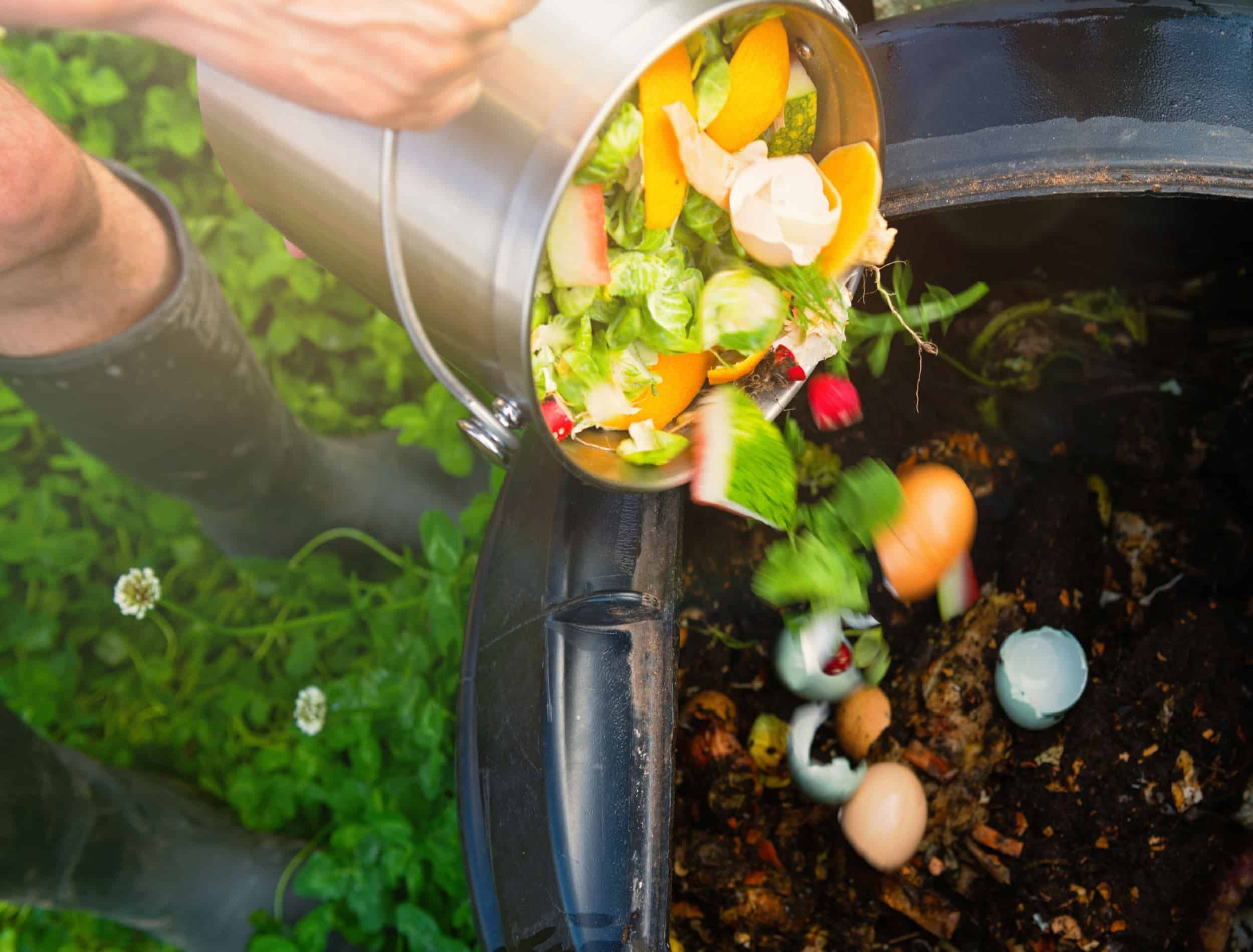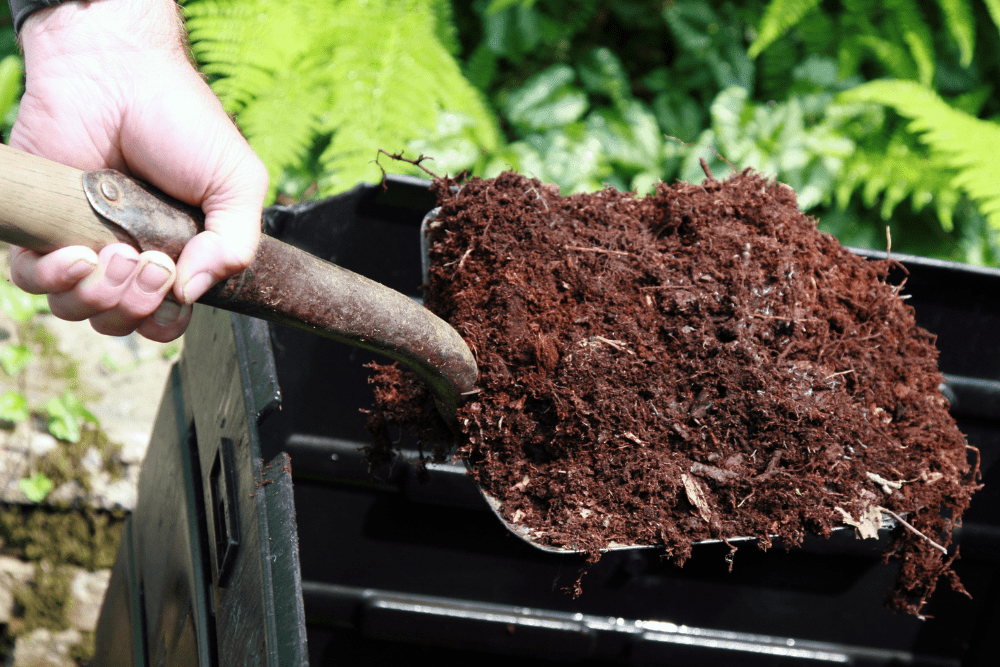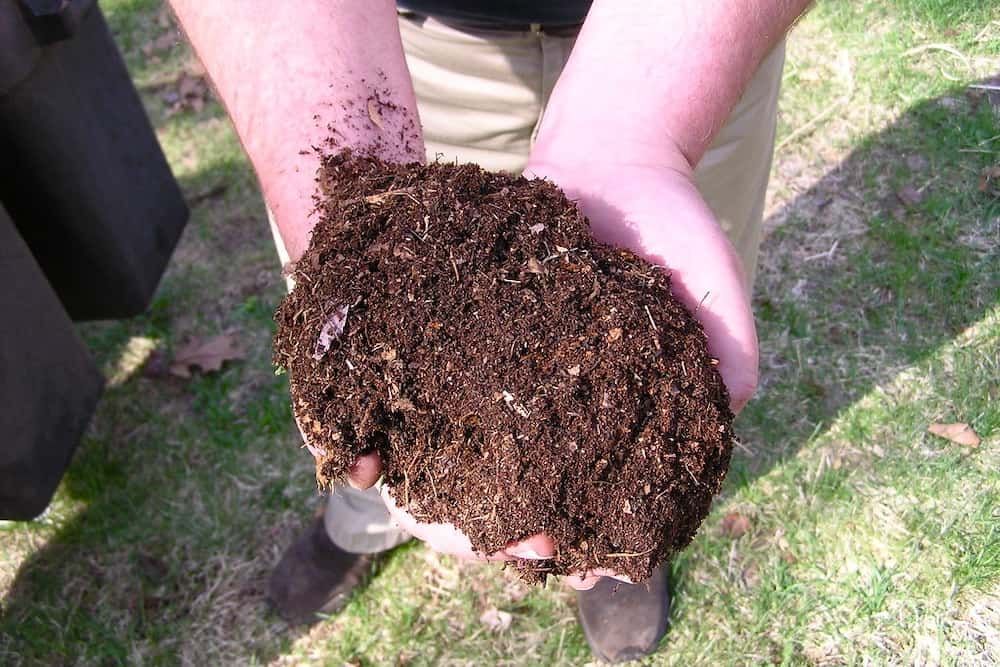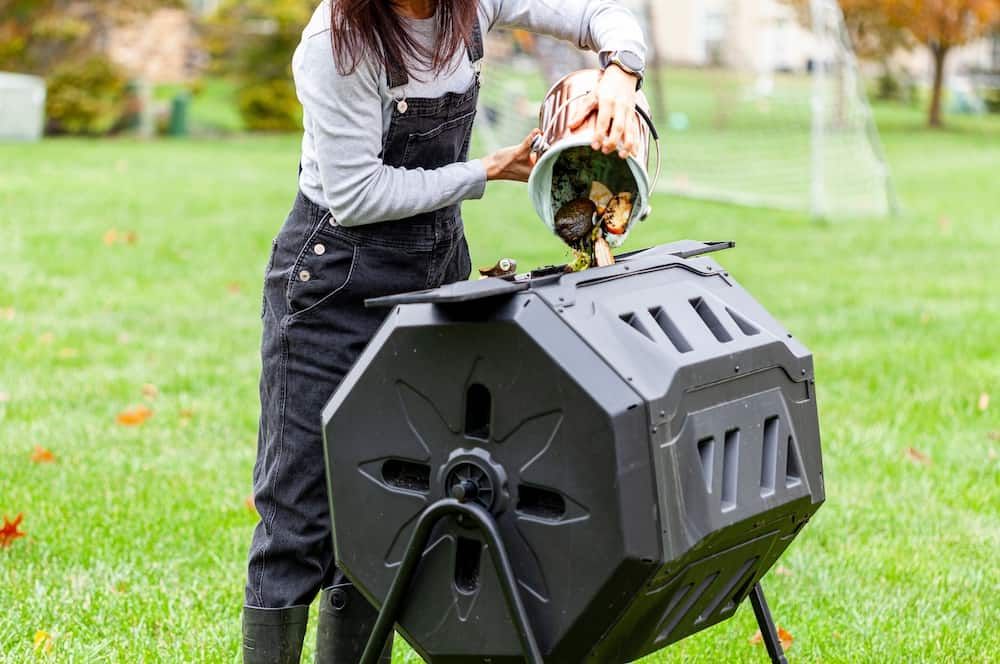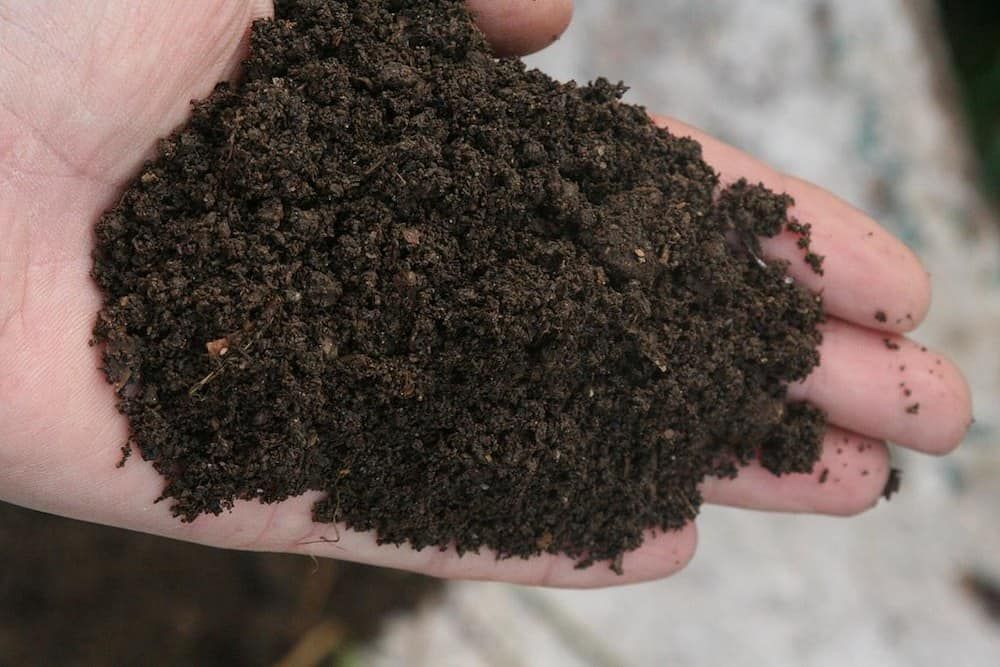Proper fertilizer is essential when it comes to maintaining your plants. There are all-purpose fertilizers that you can find in store, however, they are made of processed minerals. There is another type of fertilizer, however - organic. Compost is the most popular example of organic fertilizer due to several factors, but mostly because it is quite easy to make at home. Moreover, it improves soil health, recycles nutrients, lowers drought impact, and reduces greenhouse gas emissions.
There is one important question that most gardeners ask - If you have your own compost pile, how often should you add to it? Before you can decide on that you need to decide on the type of composting you will be doing. Below, we will tell you all about hot composting and cold composting and how often you should add to each.
What is Composting and What are Its Benefits
Image credits: Onfokus via Canva
Composting is a natural process during which all organic matter, like food scraps, is recycled and becomes a fantastic fertilizer. All living organisms eventually die and decompose and composting speeds up this process because it provides an ideal environment for fungi and bacteria. At home, we generate a great amount of waste. While most of it we should still throw out, research shows that over 30 percent of what we do end up throwing out could have actually been used to make compost.
If you end up composting this 30 percent instead of throwing it in a landfill, it will result in much lower methane emissions and reduce your personal food waste. Research has shown that an average family of four will typically throw out about $150 worth of food, primarily vegetables, and fruits in a given month. Another massive benefit of composting is that it can lessen soil erosion and improve its health at the same time.
Apart from calcium, zinc, iron, and magnesium, compost also contains three primary nutrients - potassium, phosphorus, and nitrogen. Compost even has amazing water retention capabilities, which helps with water conservation.
Types of Composting
Image Credit: normanack via Creative Commons
There are two main types of composting - cold and hot, also known as passive composting and active composting. If you are looking for the less difficult method and the one that requires the least work, you should go for cold composting. While it will decompose organic matter slowly, this type of composting doesn’t require you to layer your ingredients. In fact, it doesn’t require you to aerate or worry about the water levels, either! Unfortunately, this also means that it will take up to a year or two before you have any usable compost. Furthermore, some bacteria, fungi, or harmful parasites could end up in it, because it won’t reach a temperature that can kill these off.
You also have the option of hot composting, which requires a lot more managing but it's a much faster process. It needs a good balance of air and water to attract the much-needed decomposition organisms. If the conditions are ideal, your compost will be ready within a minimum of four weeks to a maximum of up to 12 months. Lastly, if you manage everything well, your compost will end up being sterile which will make it much safer for your plants.
How Often to Add to Your Compost Pile
Image credits: grandbrothers via Shutterstock
If you cold compost, you can add your garden and kitchen scraps as you go without really following a specific pattern or schedule, but remember to be selective with what you add to your compost bin. Since you will be continuously adding materials to your composting pile, it will not get hot like the standard system. It will still require you to have a good proportion of nitrogen and carbon (browns and greens), you don’t need even layers for it to work. That said, you may need to keep rats out of your compost pile as they can contaminate your compost pile with their droppings and even chew your compost bin to consume the food inside.
If you hot compost, you will need to have a batch system. This means that you will need to build a pile and wait for it to end its heat-up/cool-down cycle before adding a new batch. If you do add material at random you will end up with a cold compost pile instead, because the new materials will cool off the warm pile. When you add kitchen and food scraps, push them into the center of the hot pile so they heat up quickly and disappear within a few days.
How to Know if Your Compost is Ready For Use
Image credits: wisemandarine via Creative Commons
Unfinished compost cannot and should not be used. It will not only hurt your plants, but it will also attract various pests and rodents. For your pile to mature, you will have to stop adding more material and figure out when to turn your compost pile. That said, if you have a no-turn system in place, the bottom of your pile will become finished compost, while the top will still be active. To see if your compost is ready, here are a few characteristics to look for:
- It should have a crumbly but smooth texture. On touch, you shouldn’t be able to feel or recognize any of the used scraps.
- It should have the smell of rich, wet earth. If it smells sour, it is not ready.
- It should have a very rich and dark color.
- It shouldn’t be larger than a third of your original pile.
In Summary
While it is very easy to walk to the nearby store and buy compost, nothing will beat the good old-fashioned homemade compost. It has many benefits, which make it a gardener’s favorite. Whether you have a hot or a cold compost pile matters when adding to it because just randomly adding ingredients can mess with the decompose cycle.
Hopefully, this article cleared any confusion you may have when it comes to adding to your compost pile. As always, if you have any questions or experiences, let us know in the comment section down below. Don't forget to share this article if you enjoyed it!
Happy Composting!!

